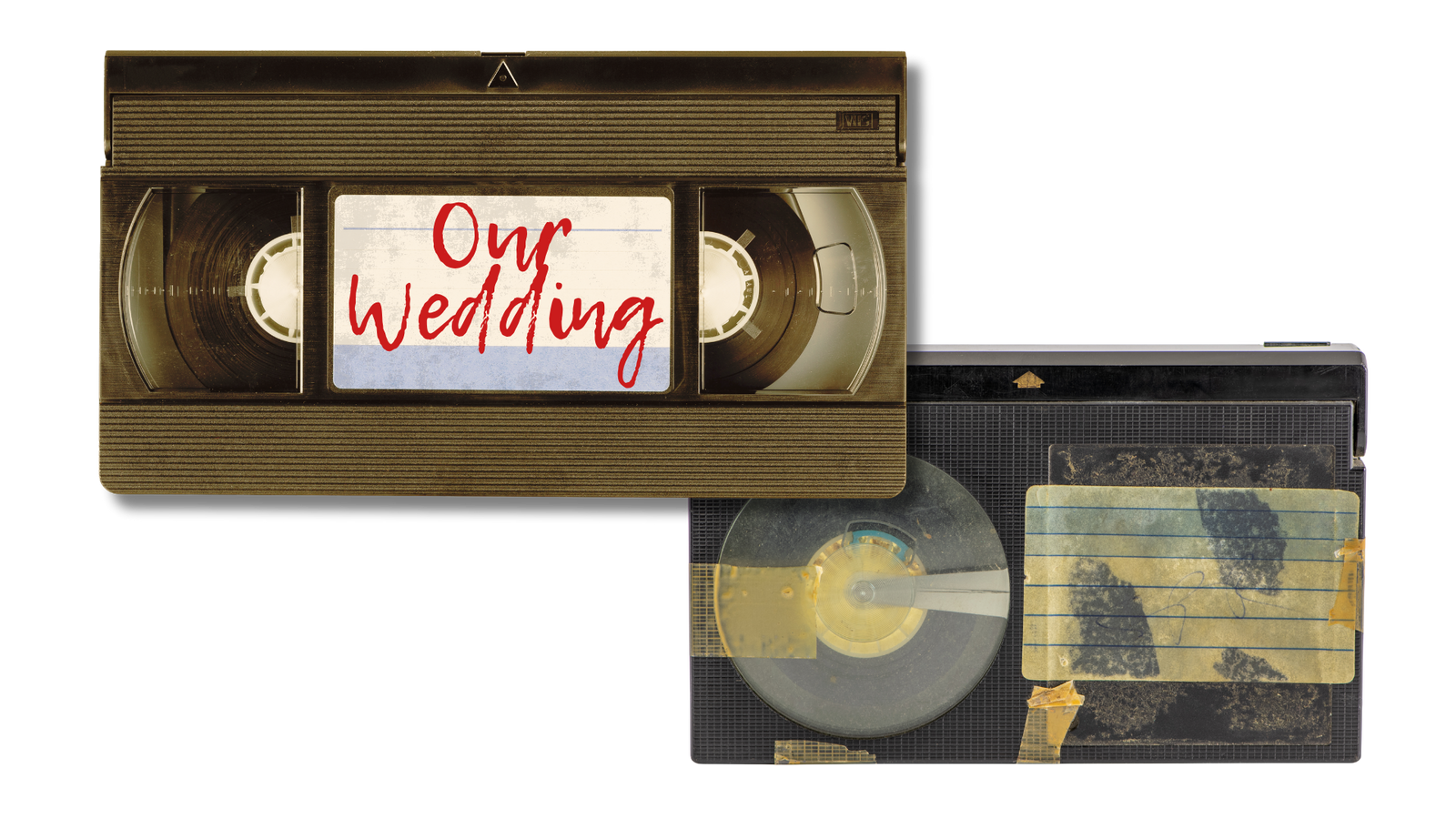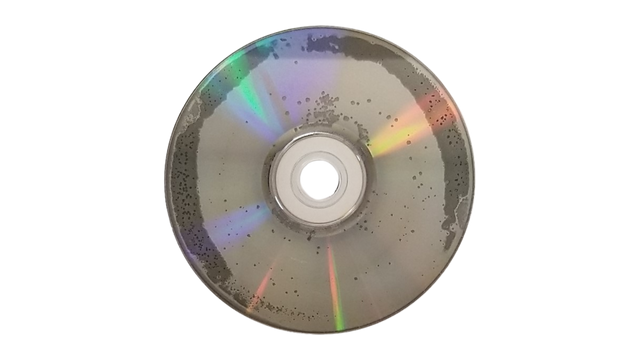In the late 1970s and early 1980s, a battle quietly unfolded in living rooms across the world: Betamax vs VHS. Both formats promised to revolutionize how we watched and recorded television. But only one would win.
If you’ve uncovered a box of old tapes—Betamax or VHS—you might be wondering what to do with them. Can they still be played? Are they worth digitizing? And what happened to Betamax, anyway?
Let’s rewind and take a closer look.
Betamax: The Better Format That Lost
Sony released Betamax in 1975 with crisp picture quality and a compact cassette. Technically speaking, Betamax was superior in its early years. The image was clearer, and the hardware was more durable.
So why did it fail?
The biggest limitation was recording time. Early Betamax tapes maxed out at one hour, while VHS could go two or more. For families wanting to record entire movies or sporting events, that made a difference.
Betamax players were also more expensive, and Sony restricted who could make them. Meanwhile, JVC licensed VHS freely, leading to more availability, lower prices, and better distribution.
Read our guide on what Betamax was and why it failed for a deeper dive into the history.
VHS: The Format That Changed Everything
VHS wasn’t just a technical standard—it became a cultural one. From home movies to weekend rentals at Blockbuster, VHS defined the 1980s and 90s.
Its longer recording time, broader adoption, and cheaper players helped it dominate the home video market. For a while, nearly every home had a VCR—and shelves lined with plastic cases.
If you still have VHS tapes, chances are they include birthdays, dance recitals, or family trips that were once easy to play—and now aren’t.

Betamax Players Are Rare—But Your Memories Aren’t Lost
Even though Sony stopped making Betamax players in 2002, many people still have tapes. But Betamax players are hard to find, often broken, and increasingly expensive to repair.
See our blog post about Betamax players if you're curious about these vintage machines.
If your Betamax player no longer works, don’t toss the tapes. A professional Betamax to digital conversion service can recover the footage—carefully, and in high quality—before the tape itself degrades further.
How to Convert Betamax or VHS to Digital
Whether you have VHS or Betamax, digitizing your tapes is the best way to keep the memories alive. But not all conversion services are created equal.
Some companies still deliver DVDs, which can degrade or become unplayable. Others charge upfront—even if your tapes are blank or too damaged to recover.
Heirloom makes it easy to download, stream, or share your memories anytime, from anywhere. Explore America’s best video tape conversion service to learn how simple it can be.

📧 Want more tips like this?
Subscribe to Heirloom emails to learn how to preserve your priceless memories. Get discount codes for expedited shipping, quality digitizing, and secure cloud storage. We never spam, and it’s easy to unsubscribe at any time.



